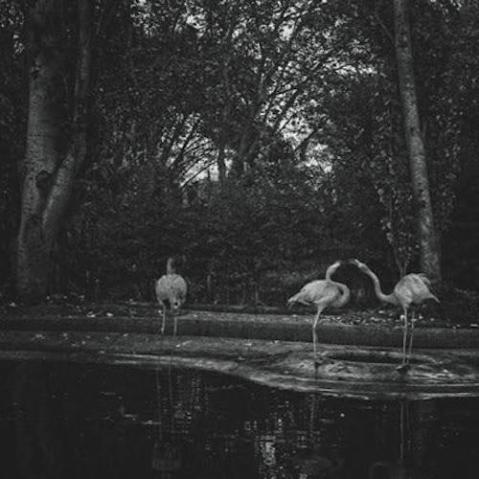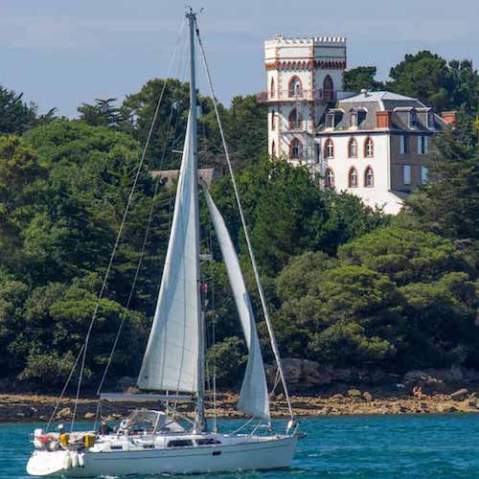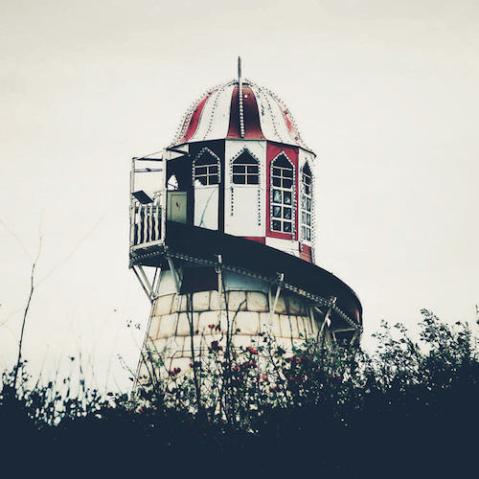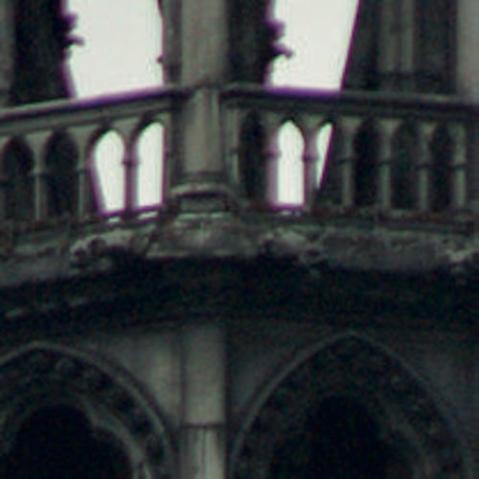Why not try lo-fi photomicography?
Most point-and-shoot compact cameras will allow you to reveal small, often unseen worlds by taking close-up shots, but even the most powerful macro facility pales when it’s compared to the magnifying power of a microscope.

Serious micro photography (correctly known as photomicrography) requires equally serious equipment, but what about trying ‘lo-fi micro?’
Just as plastic cameras such as the Holga and Diana can produce striking results through less-than-perfect optics, so low-cost ‘toy microscopes’ can provide you with ultra-close-ups for minimal outlay. You may not get tack sharp results (or even marginally sharp shots in some cases), but the creations formed by heavy magnification and low-tech optics can make great abstract images.
What you need
- Compact camera with small diameter lens
- Microscope
- Pipe-insulation foam
- 2 x jubilee clips/hose clamps (approx. 30–50mm)
The setup
For this project, the microscope you want is more likely to be found in a toy store than a high-school biology lab: the national geographic-branded microscope used here came from the kids’ pages of a catalog and cost less than $40.
 Remember that zooming your camera’s lens while it’s attached to the microscope is a surefire way of burning out the zoom motor, so remove the lens if you want to zoom in or out, and then reattach it to the microscope.
Remember that zooming your camera’s lens while it’s attached to the microscope is a surefire way of burning out the zoom motor, so remove the lens if you want to zoom in or out, and then reattach it to the microscope.
To connect the camera to the scope simply requires a tube of some description. Try using a 2 1/2-inch/7cm-long piece of pipe-insulating foam, which is not only dense enough to hold its shape with a camera attached, but the hole is also a near perfect match to the diameter of the microscope viewing tube. A hose clamp holds the foam on the microscope and another clamp holds the camera lens, but be sure not to tighten the clamps too much, especially if you’ve got a plastic microscope and/or camera.
Shooting
Once your camera’s mounted you can start to explore your new world, and it’s not that different to regular photography. Set your camera to its macro focus setting and focus the microscope using the preview on your camera’s LCD screen as a guide. Use your camera’s self-timer to trigger the shutter in order to avoid camera shake, and review shots as you take them: assess the histogram and tune the exposure settings as well.
 Straight from the microscope
Straight from the microscope
Creative Photography: 52 More Weekend Projects is Chris Gatcum’s sequel to his highly successful Creative Digital Photography: 52 Weekend Projects. From digital post-processing to experimental darkroom techniques; from creating your own studio equipment at a fraction of the cost to finding new ways to use old lenses, or even trying your hand at moviemaking – the 52 projects in this book will challenge and inspire you, expand your repertoire of techniques and, ultimately, increase your understanding of photography. You’ll never be stuck in a rut again!
 Creative Photography: 52 More Weekend Projects
Creative Photography: 52 More Weekend Projects
Chris Gatcum
Buy it now!
RRP for print edition: £14.99






